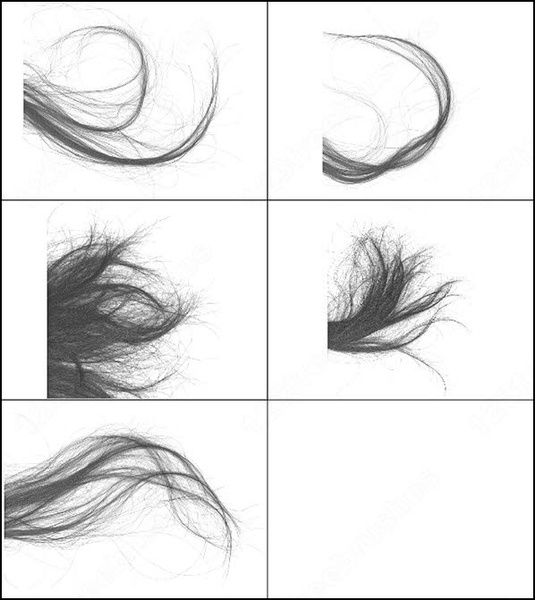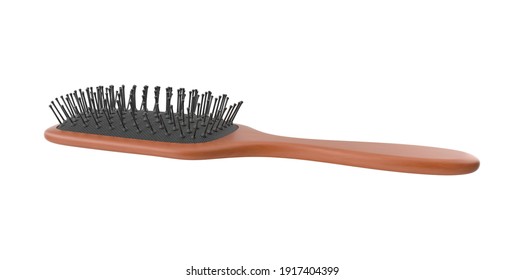

Last but not least, you may want to do some additional manual refinements to your masked hair. If the Shift Edge slider doesn’t do the job, then you might want to consider using the Decontaminate Colors option found in the Output Settings section, which has a similar ability to remove color halos around your hair strands. Moving the Shift Edge slider into the negative range contracts the edge selections, which can help automatically remove halos around your hair strands. I wouldn’t normally recommend using this except on the simplest of images that have a clear difference between the subject and the background, but we only need to create a general mask, so this tool is fine to use. Since we’re going to be relying on a lot of automatic selection tools in this tutorial, let’s start things off by using one of Photoshop’s lesser-known shortcuts: the Remove Background button. Let’s begin! Step 1: Selecting Your Subject It would probably be possible to write a 20,000-word post on this topic, but I’m going to try to keep things relatively simple even during this detailed guide. This is just a quick outline of the steps, so if you want to dive into the project in more detail and learn some helpful tips and tricks along the way, read on! The Detailed Guide to Masking Hair In Photoshop Step 3: Use manual masking tools to finalize any additional details.Step 2: Open the Select and Mask workspace and use the Refine Edge tool to adjust the mask.

Step 1: Use the Select Subject tool to create a basic mask around your model.No, I’m kidding about that too, here’s the general process (but it is *not* quick): Just kidding, there isn’t really a quick guide for this project! The Quick Guide to Masking Hair In Photoshop The Detailed Guide to Masking Hair In Photoshop.The Quick Guide to Masking Hair In Photoshop.Note: Because I don’t photograph many human subjects, I’ve used a stock image for this tutorial which was provided by George Bohunicky on Unsplash. These automatic selection tools aren’t just limited to masking hair in Photoshop – you can use them for any complex masking projects involving lots of fine detail, from chain-link fences to tree branches to dog fur. They can take a bit of time to learn, but once you know how they work, you’ll save a huge amount of time compared with manually masking. Manually tracing out every single stray strand of hair on a model’s head is guaranteed to stop your productivity in its tracks – but fortunately, better computers and better tools now allow us to automate a large part of the process. Without any doubt, masking hair in Photoshop is one of the most difficult and time-consuming projects there is in the world of image editing.įor many years, many image editors (including me) tried their hardest to avoid getting into a situation where it was necessary to mask hair.


 0 kommentar(er)
0 kommentar(er)
